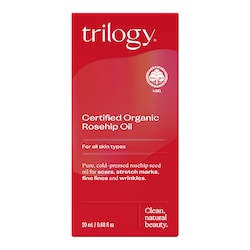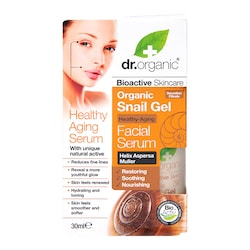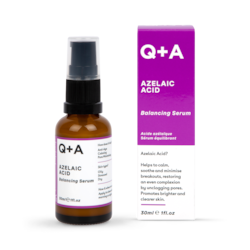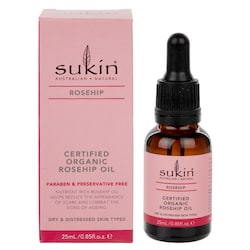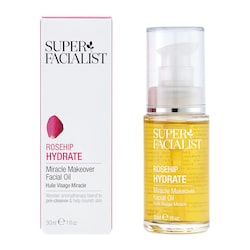15% off £30 OR 20% off £40
Face Oil & Serum
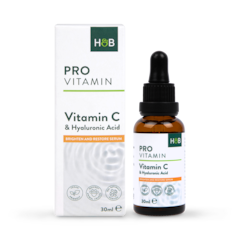

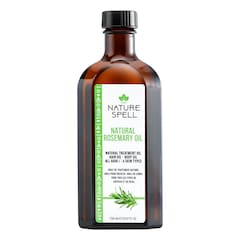
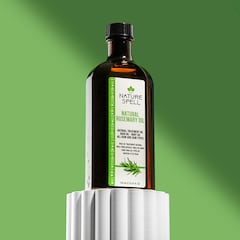
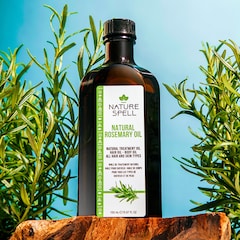
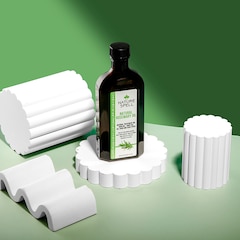
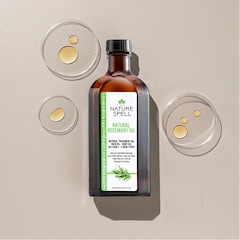
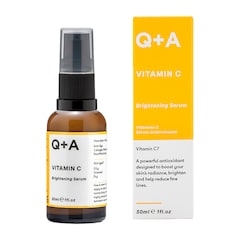
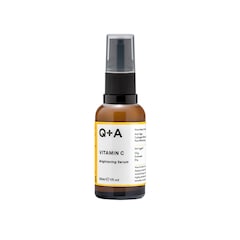
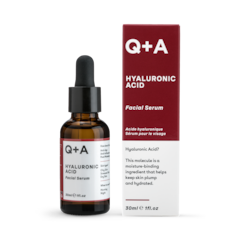
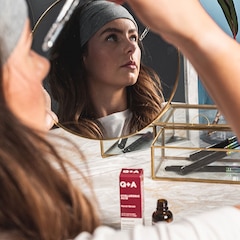
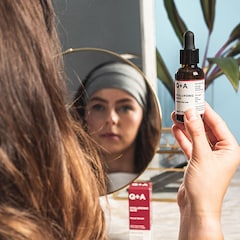
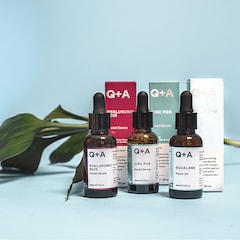
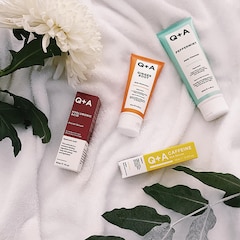
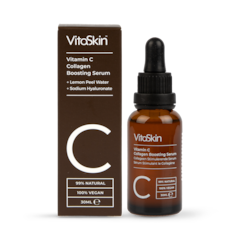
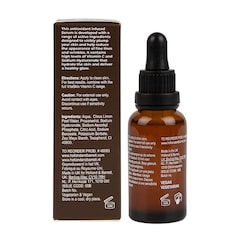
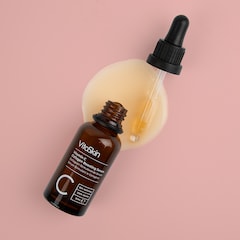
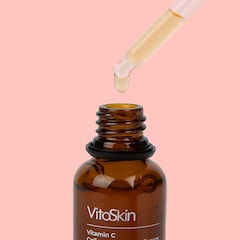

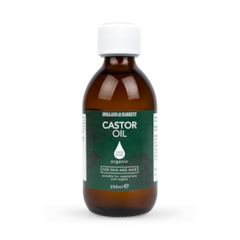
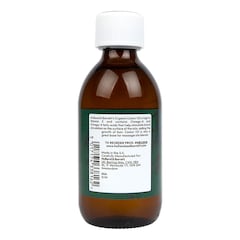

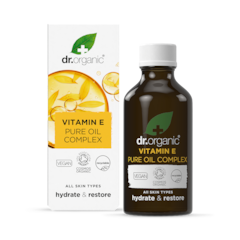
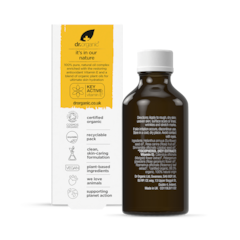
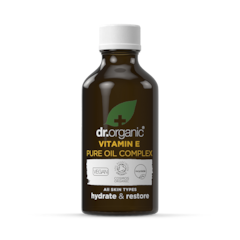
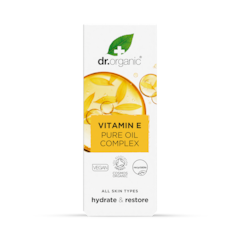
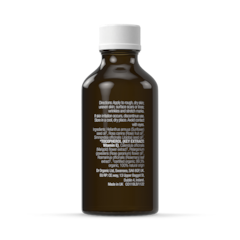
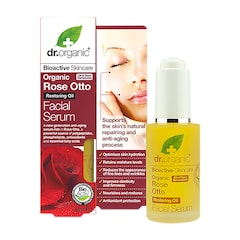
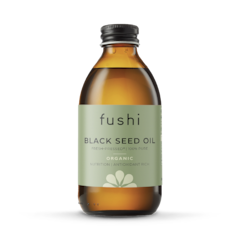
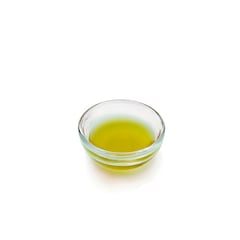
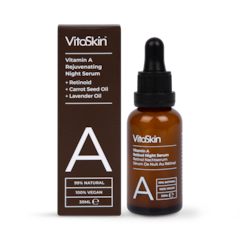
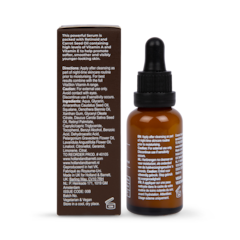
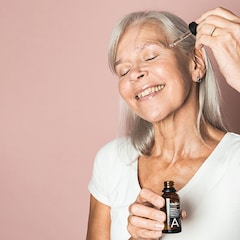
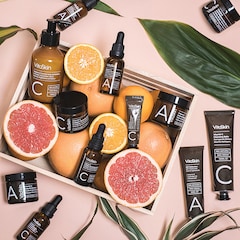
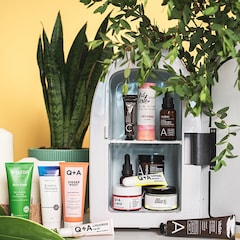
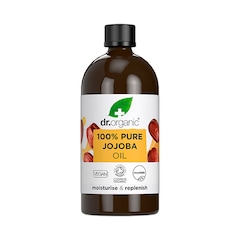

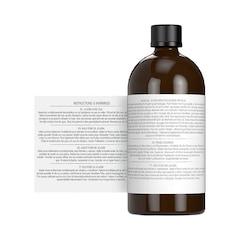
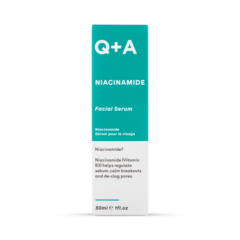
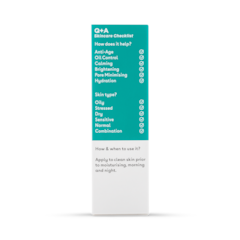
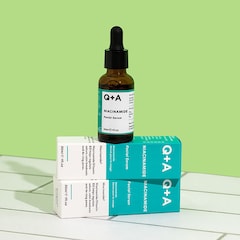
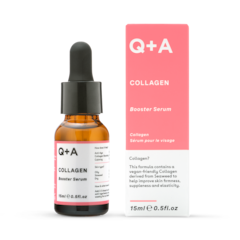
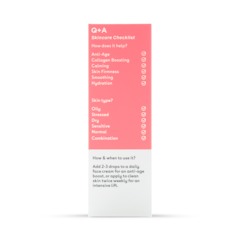
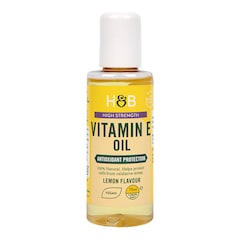
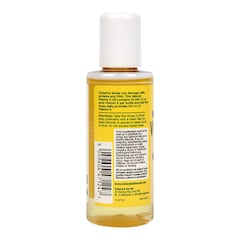
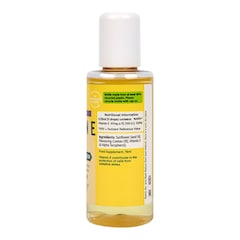
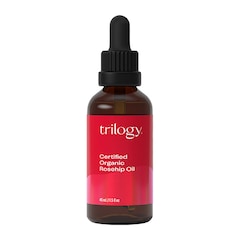
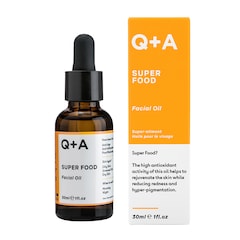
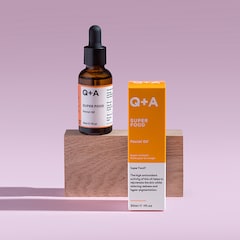
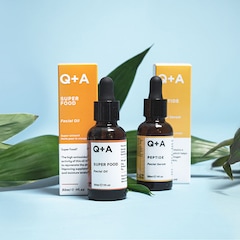
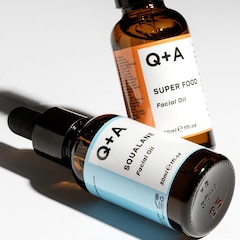
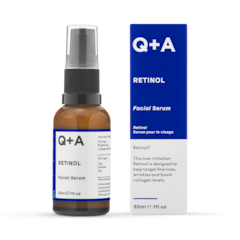
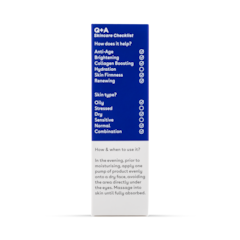
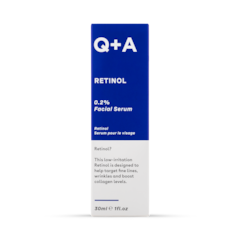
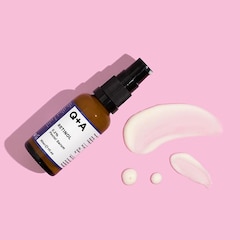
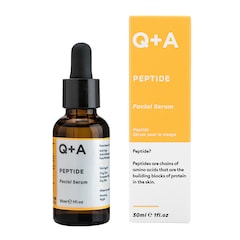
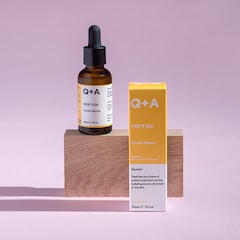
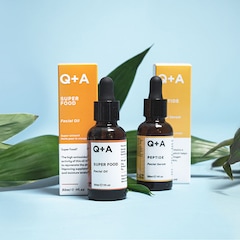
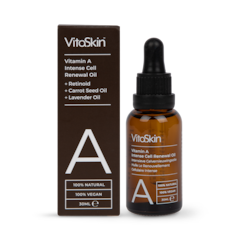
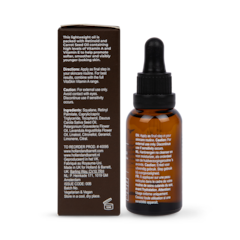
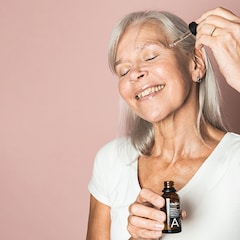
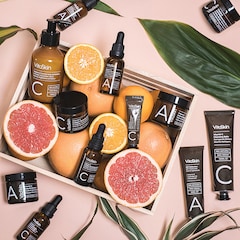
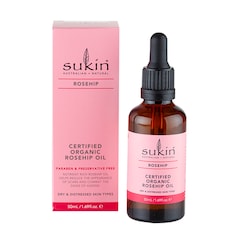
Shop Face Oils and Serums at Holland & Barrett
Serums contain a range of useful nutrients for your skin.
Serums for blemish-prone skin
If you have blemish-prone skin, look for a serum with vitamin C, retinol, zinc, and salicylic acid.
Zinc can help soothe the skin, while salicylic acid can be helpful for unclogging pores.
Serums for dry skin
If you are looking for a serum for dry skin, look out for vitamin E, niacinamide, glycolic acid, luminescine and hyaluronic acid.
Vitamin E is an antioxidant that can help protect skin from oxidative stress (an imbalance that can damage cells).
Glycolic acid is exfoliating, and hyaluronic acid retains moisture.
Serums for dull looking skin
If your skin is feeling dull, look for serums with antioxidants.
Serums to help reduce the appearance of fine lines or wrinkles
To help reduce the appearance of fine lines or wrinkles, look for serums with retinol, caffeine, green tea, proteoglycans and hyaluronic acid.
For serums with retinol, try a small amount first as a tester (ie around 0.25%), and then you can go up from there.
For colour-correction like hyperpigmentation, uneven skin tone, dark spots, or enlarged pores, exfoliating serums and skin resurfacing can help. Look for phytic acid, kojic acid vitamin C, arbutin, azelaic acid, L-ascorbic acid and glycolic acid.
How and when to use face serums and facial oils
Serum can be applied after cleansing and before moisturising.
The reason for this is that moisturisers tend to be thicker and function like a barrier to help keep the active ingredients of the serum in.
Facial oils, on the other hand, go on top of the moisturiser because they have a bigger molecular structure. They keep the creams that have gone on first moist during the day.
Because of the concentration of ingredients in serums, they can occasionally cause irritation or dryness for people with sensitive skin.
Combat this by layering on a good amount of moisturiser after applying the serum (perhaps a bit more than you would normally use).
Use the serum as frequently as the label suggests, though once a day is typical, and store it in a cool dry place.
Some serums expire quickly because of the concentration of ingredients that can come in to contact with the air, so aim to use the product within six months to a year.
FAQs
What is a serum?
A serum is a product that has a high concentration of active ingredients. It consists of smaller molecules that can penetrate the skin.
Serums, therefore, are typically aimed at certain skincare situations, such as wrinkles.
They are traditionally water-based, though more often they will contain oils. That’s where they overlap with facial oils, which are also concentrated and focused treatments, but oil-based.
Serums are usually clear, gel-based, or liquid, and thicker than a moisturiser. They normally have a different role to play than a moisturiser, but they can help boost the hydrating effects of moisturisers.
What are the benefits of facial oils?
Like serums, facial oils have different functions, such as nourishing the skin, helping reduce the appearance of wrinkles.
The key is, again, in the ingredients. Argan oil is great for sun damage or dryness, while rosehip seed oil’s antioxidants can help strengthen the skin as a barrier and help protect it from pollution and smog (which can contribute to wrinkle formation).
Some facial oils can be a great primer for make-up. Oils such as mandarin and pumpkin seed help plump up the skin and smooth it out. It is all about reading the ingredients and finding a product with a great combination.
Which are some of the best face serums?
Popular serums include Dr Organic Snail Gel Face Serum Anti-Aging. The main ingredient in this serum is Helix Aspersa Muller, which is what snails use to regenerate their own skin or shell.
The serum also contains olive leaf extract and jujube seed extract, and in general, it is a great tool to help reduce the appearance of fine lines and wrinkles as well as a moisturiser.
And in case you were worried, no snails were harmed in the creation of this serum – the key ingredient is collected from their mucus secretion as they move over glass panels.

